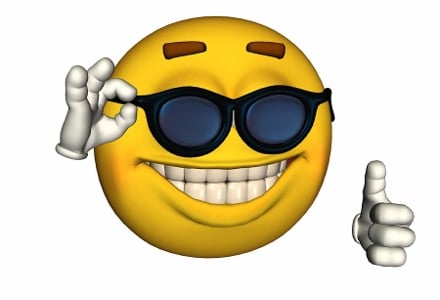A rigorous experiment confirming the predictions of my local-realistic 3-sphere model has been finally performed.
http://arxiv.org/abs/1508.05949.
Here is one of the simulaions of my 3-sphere model (see also http://rpubs.com/jjc/105450).
A theoretical analysis of my local-realistic model can be found here: http://arxiv.org/abs/1405.2355.
The experiemet is heavily discussed on various web and social media sites, and hailed as a triumph for quantum mechanics (good) and Bell's theorem (what a joke).



